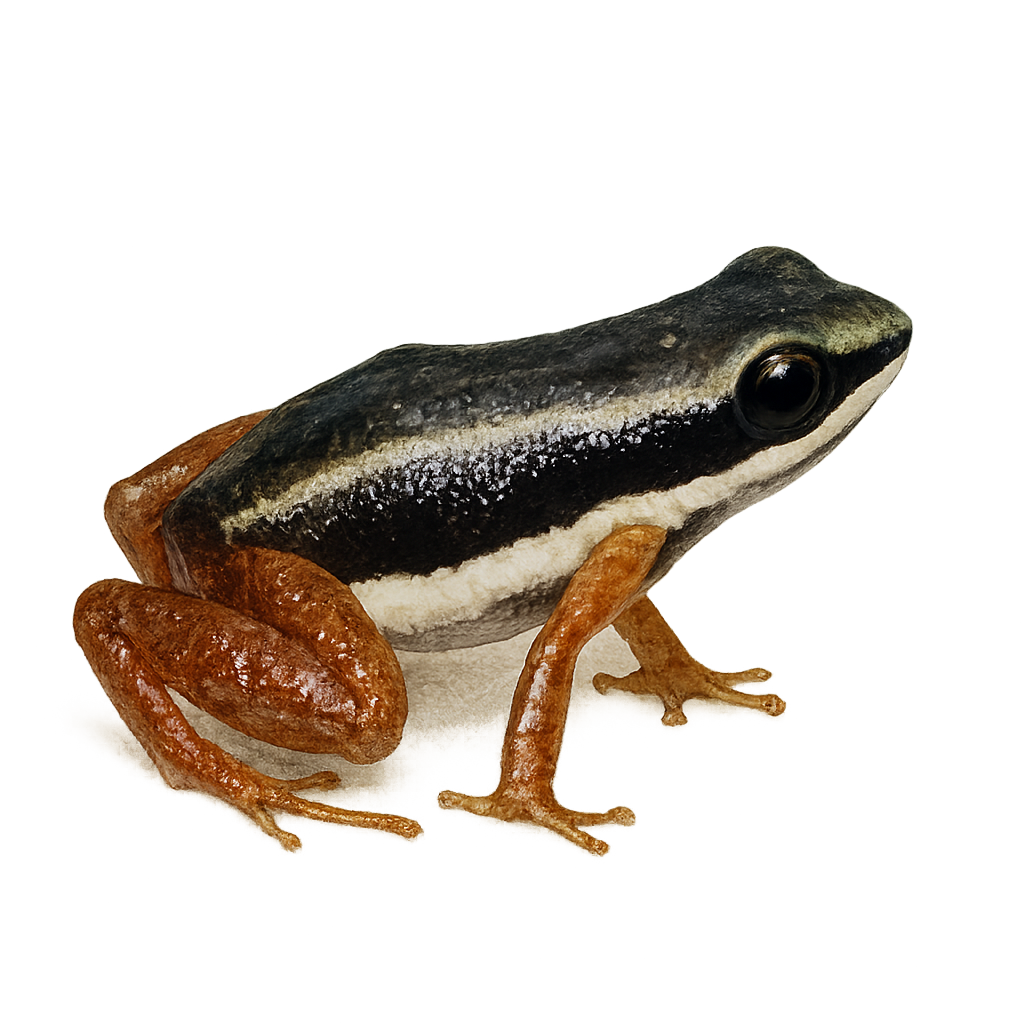Your wildlife photography guide.
Explore the rainforest rocket frog in detail, study its behavior, prepare your shots.
Where to observe and photograph the rainforest rocket frog in the wild
Learn where and when to spot the rainforest rocket frog in the wild, how to identify the species based on distinctive features, and what natural environments it inhabits. The WildlifePhotographer app offers tailored photography tips that reflect the rainforest rocket frog’s behavior, helping you capture better wildlife images. Explore the full species profile for key information including description, habitat, active periods, and approach techniques.
Rainforest Rocket Frog
Scientific name: Silverstoneia flotator

IUCN Status: Least Concern
Family: DENDROBATIDAE
Group: Amphibians
Sensitivity to human approach: Suspicious
Minimum approach distance: 2 m
Reproduction period: May to August
Incubation: 12–14 jours
Births: June to September
Habitat:
Tropical rainforests, streams, riparian zones
Activity period :
Primarily active during the day, with peak activity in the morning and late afternoon.
Identification and description:
The Silverstoneia flotator, commonly known as the rainforest rocket frog, is a small amphibian species found primarily in the humid rainforests of Central America, particularly in Costa Rica and Panama. It is distinguished by its small size, typically between 1.5 and 2 cm, and its vibrant coloration ranging from brown to green with black patterns. This frog is often observed near streams where it breeds. It is known for its high-pitched, repetitive calls used to attract mates and mark territory. Although relatively abundant in its natural habitat, habitat destruction poses a potential threat.
Recommended lens:
Macro – adjust based on distance, desired framing (portrait or habitat), and approach conditions.
Photography tips:
To photograph the rainforest rocket frog, it's advisable to use a macro lens to capture the details of its colorful skin. Look for it near streams in humid rainforests. Be patient and discreet, as it can be suspicious. Use a tripod to stabilize your camera and wait for the right moment to capture its natural behavior. Natural morning or afternoon light is ideal to highlight its vibrant colors.
The WildlifePhotographer App is coming soon!
Be the first to explore the best nature spots, track rutting seasons, log your observations, and observe more wildlife.
Already 1 430 wildlife lovers subscribed worldwide

